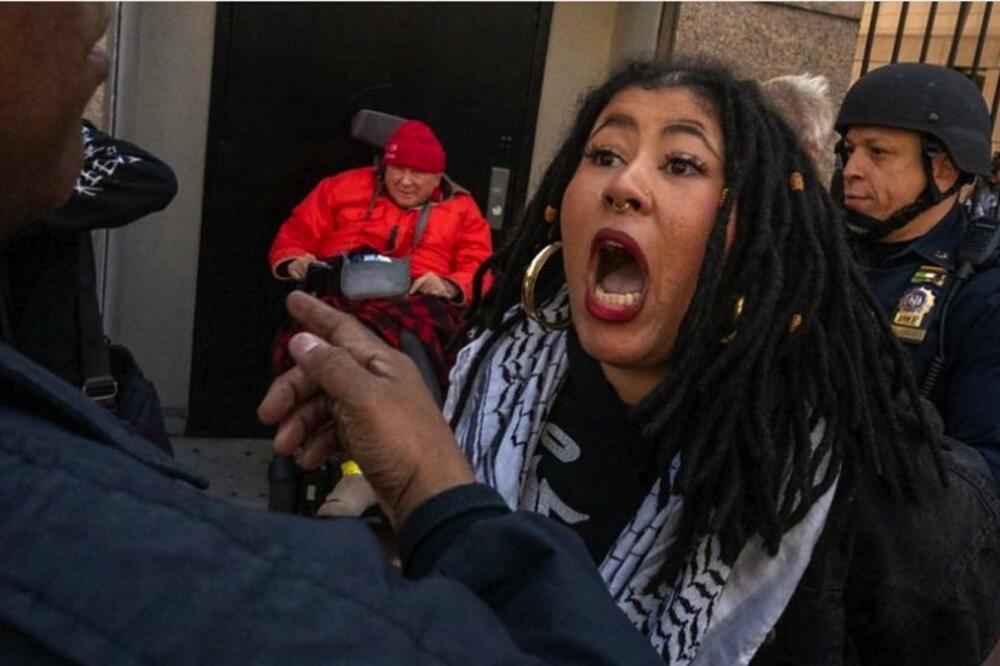Protests over the war in Gaza have taken hold at several elite American universities as officials scramble to quell the demonstrations.
Posts on social networks regularly mention "Intifada - the Arabic word for uprising."
It is used for periods of intense Palestinian protests against Israel.
In many publications, the question is raised whether there will be a new Intifada as a result of the war in Gaza.
Some call it the "Intellectual Intifada".
- Six months later: How close Israel is to achieving the goal of destroying Hamas
- Israel and the Palestinians: Everything you need to know about the decades-long conflict
- The Nakba: The Darkest Day for the Palestinians
Students walked out of classes and set up camps to protest Israel's military campaign in Gaza.
Hundreds of protesters have now been arrested on campuses across the US.
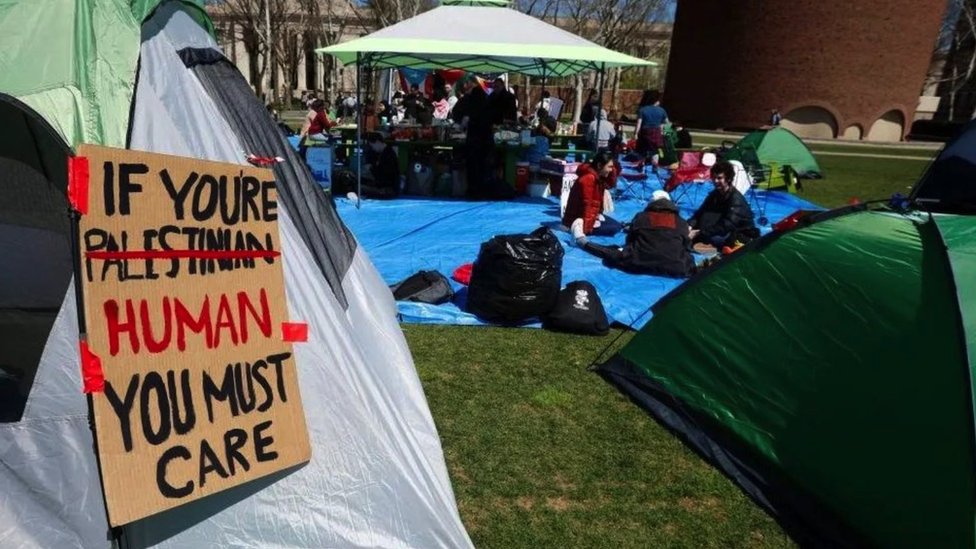
These institutes include Columbia University and New York University in New York, the University of California at Berkeley and the University of Michigan.
Demonstrations were also held at Emerson College, at Tufts University in Boston, and at the Massachusetts Institute of Technology, in nearby Cambridge.
Many students have been suspended from Columbia, prompting vociferous calls for the disciplinary measures to be lifted or revoked.
Several Jewish students have expressed concern about what they call a threatening environment on campus.
But other protesters argue that abuse of Jewish students is rare and that those opposing the request are exaggerating the situation.
Activists are calling on universities to "break away from genocide" and stop making large school contributions to companies involved in the production of weapons and other industries that support Israel's war on Gaza.
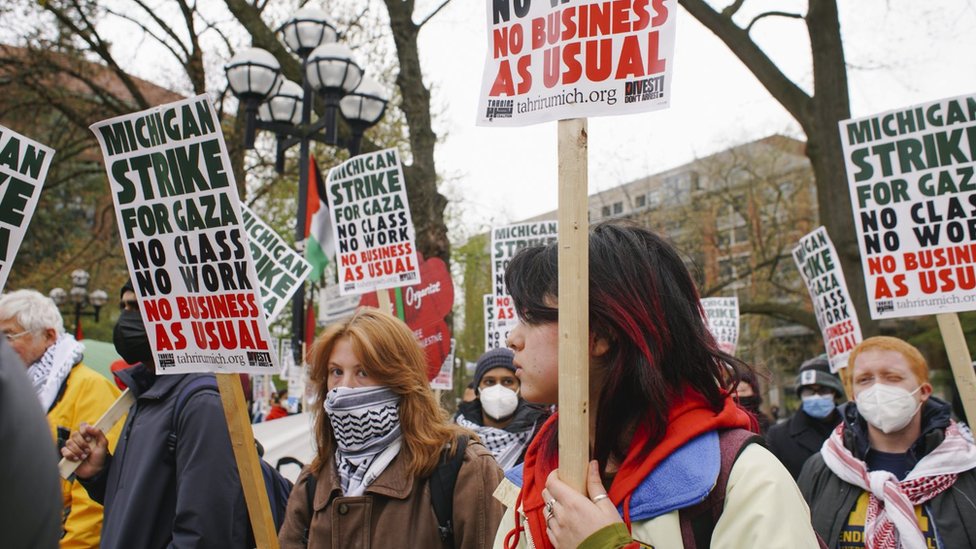
What does "Intifada" mean?
The Arabic word "intifada" translates as "uprising".
It is used to describe periods of intense Palestinian protests against Israel.
The first Intifada lasted from 1987 to 1993, and the second from 2000 to 2005.
The phrase "Globalize the Intifada" appeared on social networks when the war in Gaza began on October 7, 2023, calling people from all over the world to participate in the uprising against Israel.
Other expressions such as "Electronic Intifada", "Intellectual Intifada", as well as calls for a boycott of Israeli products ("Boycott, stop investments, introduce sanctions" movement) were used.
So what do we know about the earlier Palestinian Intifadas?
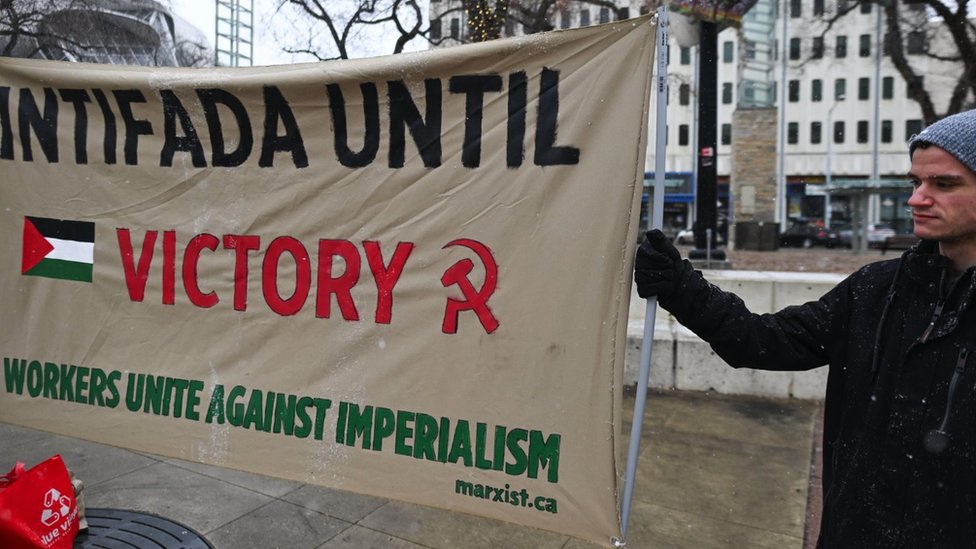
First Intifada: December 1987- September 1993
The first Palestinian intifada began on December 8, 1987, in Gaza, when an Israeli army truck carrying tanks crashed into cars carrying Palestinians.
Four Palestinians were killed.
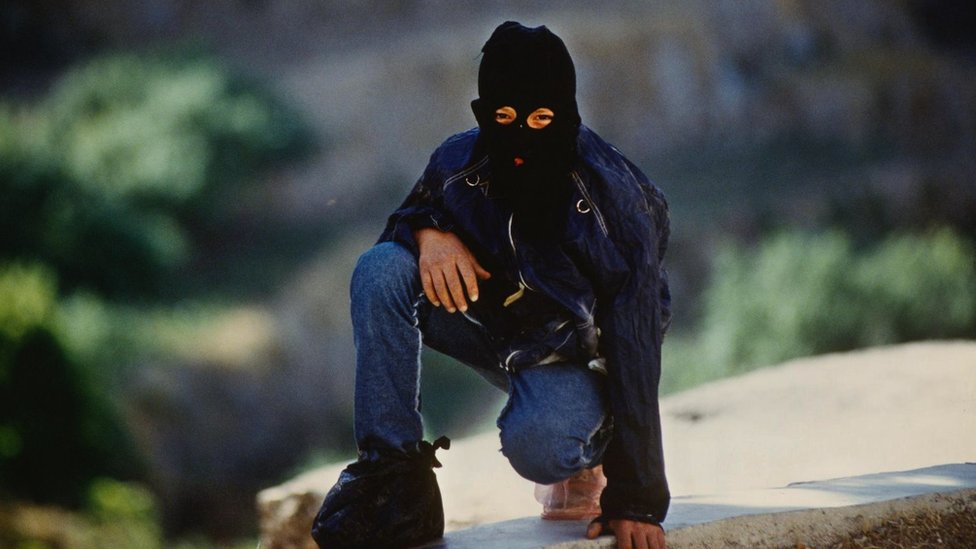
Discontent among Palestinians living under Israeli occupation had been growing for 20 years until that day.
Israeli illegal settlements in the occupied West Bank and Gaza Strip have been expanding, while Palestinians have had economic problems and faced frequent confrontations with the Israeli army.
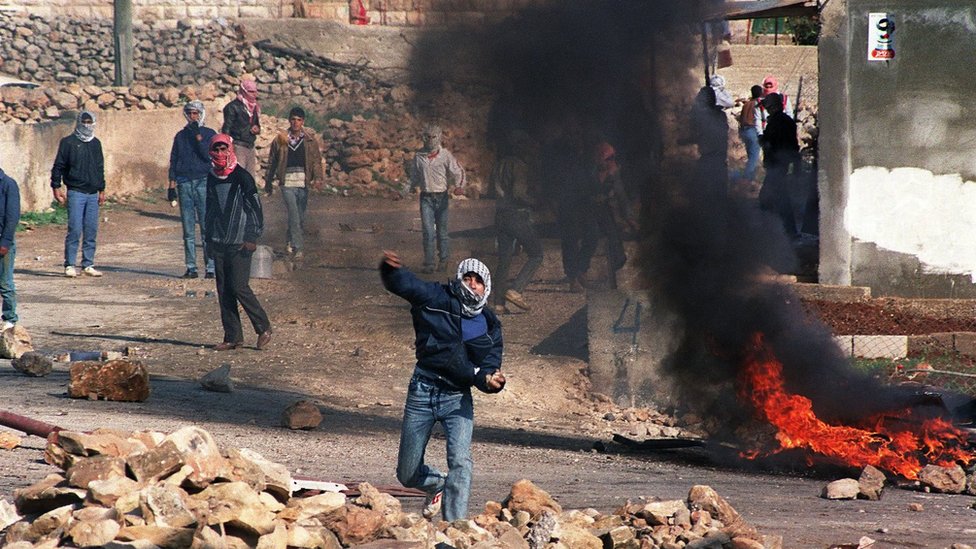
In response to the truck crash, an uprising broke out in the Jubaliya refugee camp in Gaza and quickly spread across the West Bank and Gaza Strip.
Young Palestinians confronted Israeli soldiers with stones and Molotov cocktails.
Israeli soldiers fired live ammunition, drawing criticism from international organizations, including the United Nations.
The violence of the two sides continued, with varying intensity, until 1993.
The uprising surprised many parties, among them Israel and Yasser Arafat's Palestine Liberation Organization (PLO), which was in exile in Tunisia at the time.
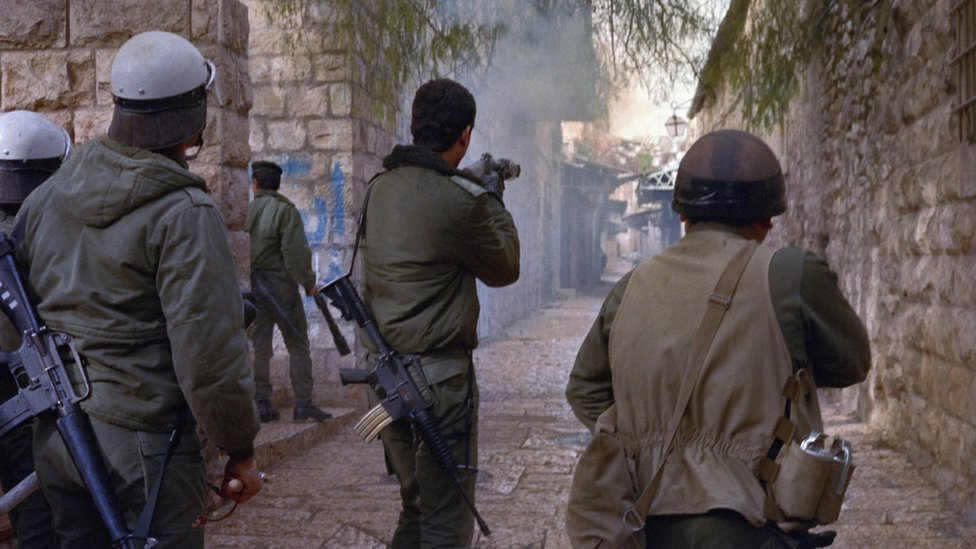
One of the main results of the First Intifada was that it drew world attention to the suffering of Palestinians living under occupation, and especially to the harsh measures used by the Israelis to suppress the uprising.
The famous expression that originated was used by the then Israeli Defense Minister Yitzhak Rabin.
He called for "crushing the bones" of the protesters.
Rabin believed that shooting Palestinians would tarnish Israel's image in the international community, because firing live ammunition at unarmed Palestinians would bring them sympathy.
As the Intifada continued, Palestinians switched from throwing rocks and Molotov cocktails to attacking Israeli forces with rifles, hand grenades and explosives.
It is estimated that Palestinians killed more than 100 Israelis during the first Intifada, while Israeli forces killed at least 1.000 Palestinians.
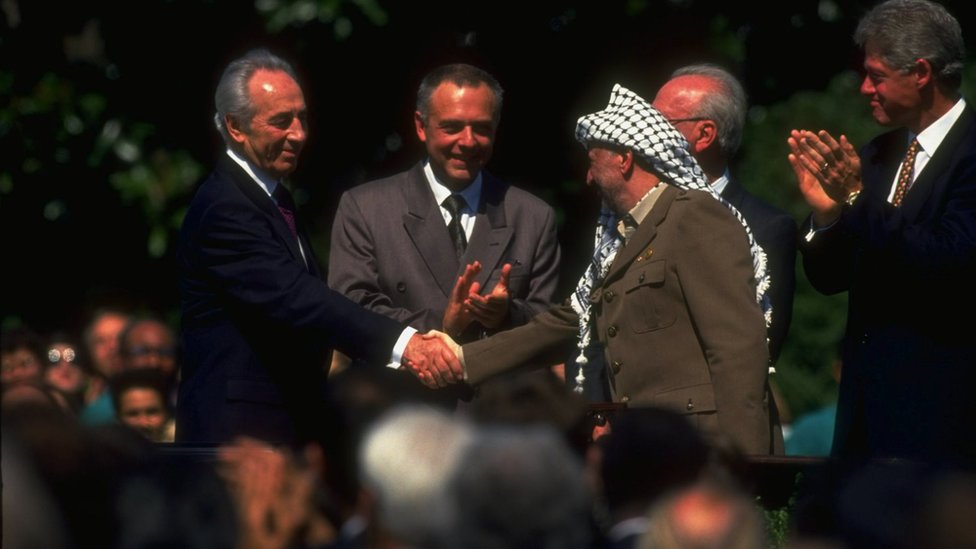
The Intifada ended on September 13, 1993, when Israel and the PLO signed the Oslo Accords, which provided the framework for peace negotiations.
Israel accepted the PLO as the official representative of the Palestinians, and the PLO renounced armed resistance.
Second Intifada: September 2000 - February 2005

The second intifada was called the Al Aqsa Intifada.
The Al Aqsa Mosque is the third holiest site in Islam and was the focal point that marked the beginning of five years of violence.
Palestinian leaders used the temple's name to imply that it was a popular uprising, not acts of violence orchestrated by the Palestinian Authority, as claimed by Israel.
On September 2000, XNUMX, the then leader of the Israeli opposition, Ariel Sharon, guarded by heavily armed Israeli soldiers and policemen, visited the Al Aqsa Mosque.
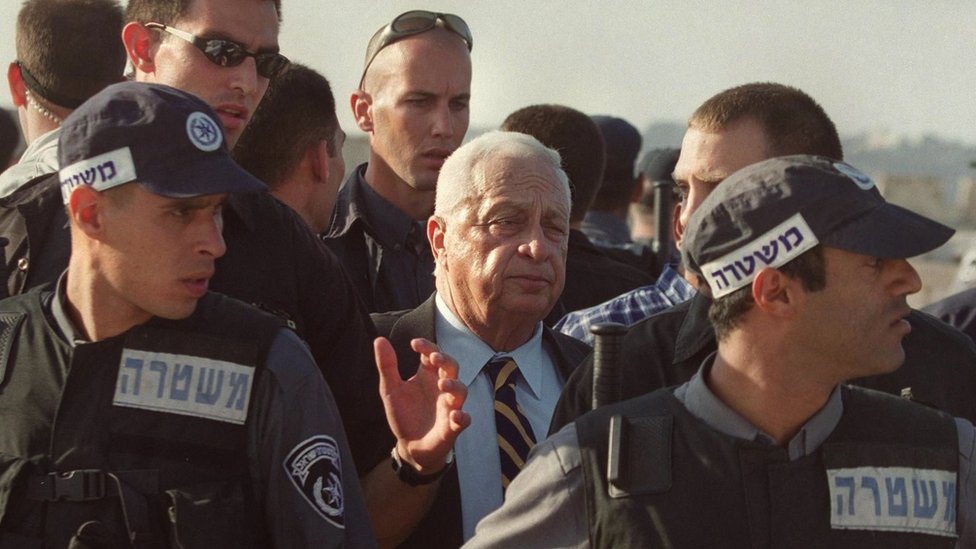
Seven people died on the first day of the protest, and more than 100 were injured.
What began with a few hundred Palestinian protesters throwing shoes and stones at Sharon's security turned into demonstrations across the Palestinian Territories.
The scenes of the killing of a twelve-year-old Palestinian boy, Muhammad Al Dura, in Gaza as he clung to his father became some of the most enduring images of the second Palestinian uprising.
An Israeli investigation concluded that a 2000 French television report accusing Israeli troops of killing the child was unfounded.
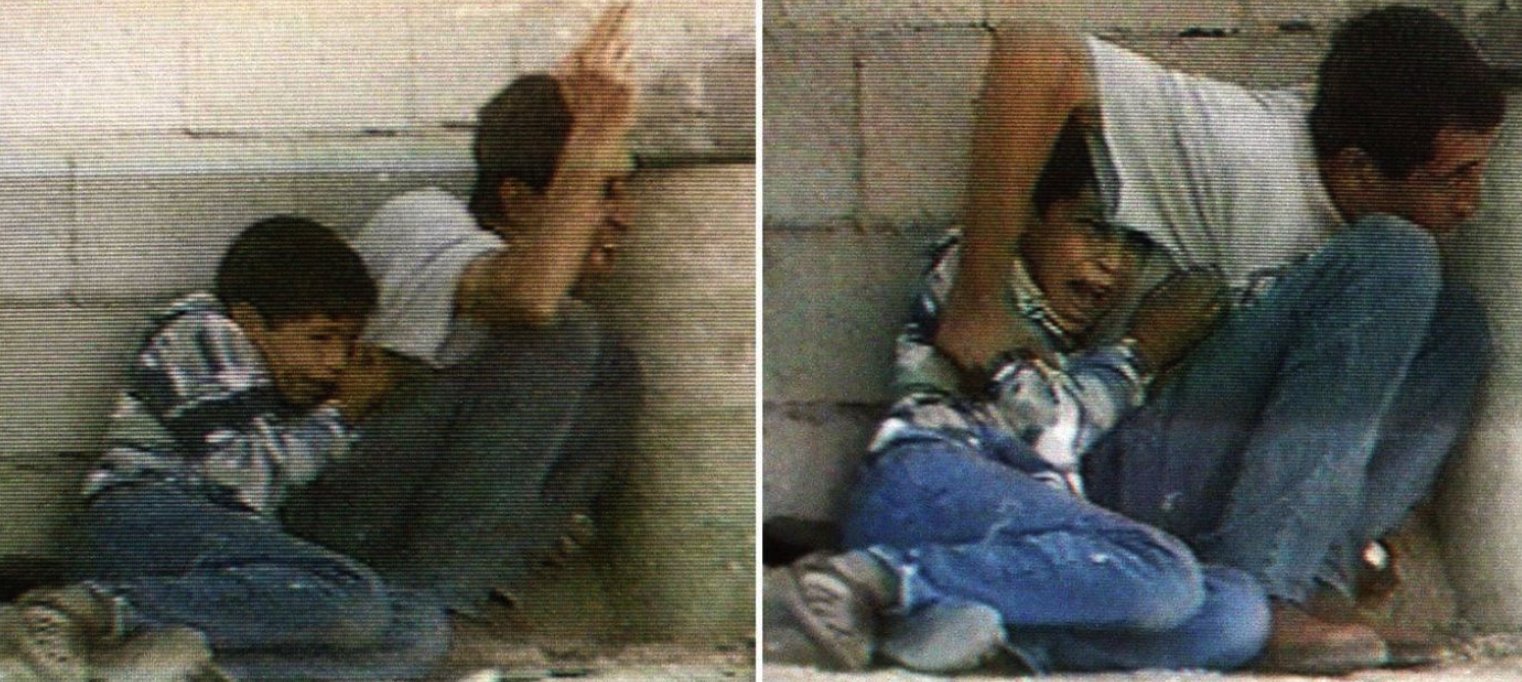
The most drastic differences between the uprisings of the eighties and the 2000s are the scale of confrontations and acts of violence.
The second Intifada was much more violent than the first.
The UN says more than 5.800 people died between the start of the Second Intifada in September 2000 and the end of 2007 - almost two years after the uprising officially ended.
Although it is difficult to put a figure on the number of people who died during the Intifada, most analyzes agree that far more Palestinians died than Israelis.
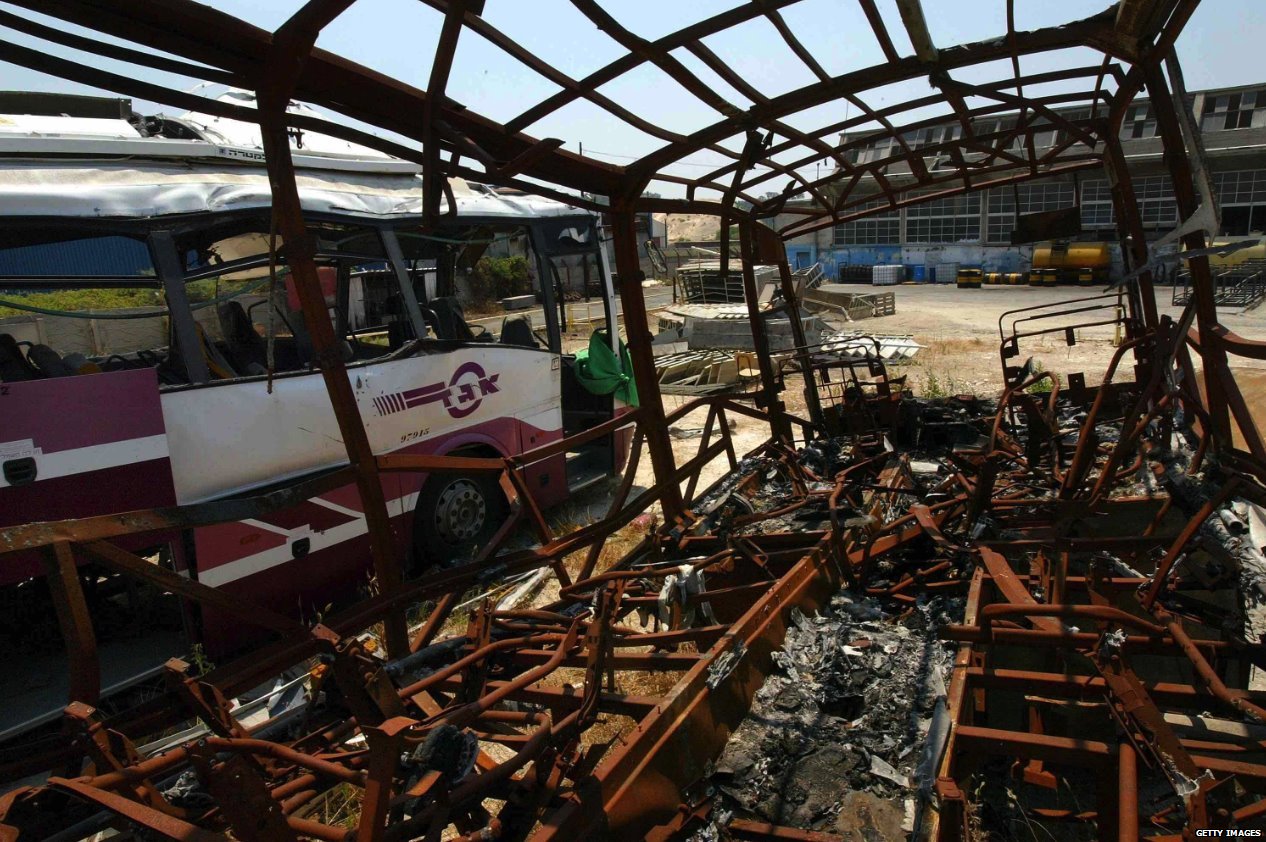
Palestinian methods of attack included firing rockets as well as suicide bombings of buildings and buses.
There was occasional international criticism of Israel's response methods, but the Israelis maintained that they were responding to organized armed attacks.
See what the West Coast is all about
Follow us on Facebook, Twitter, Instagram, YouTube i Viber. If you have a topic proposal for us, contact us at bbcnasrpskom@bbc.co.uk
Bonus video:



